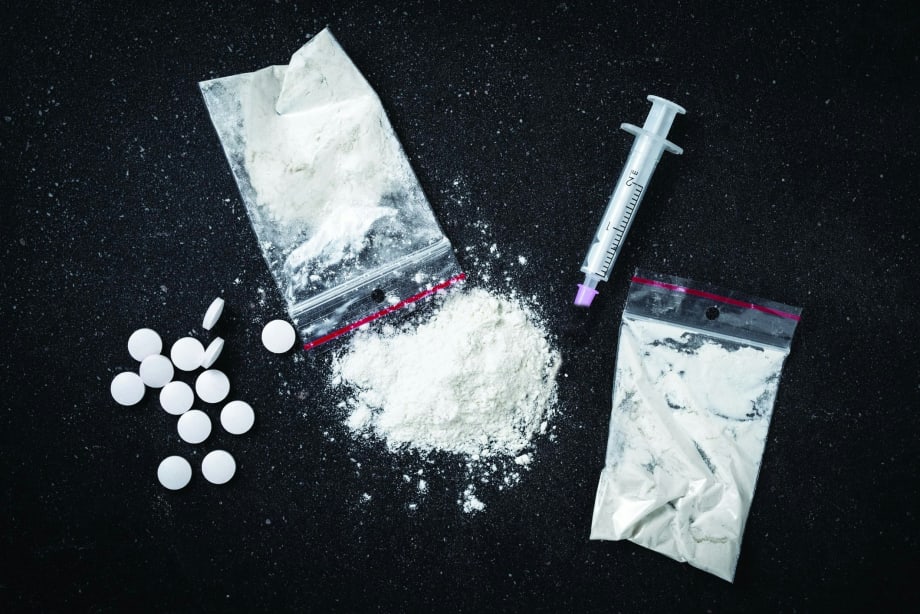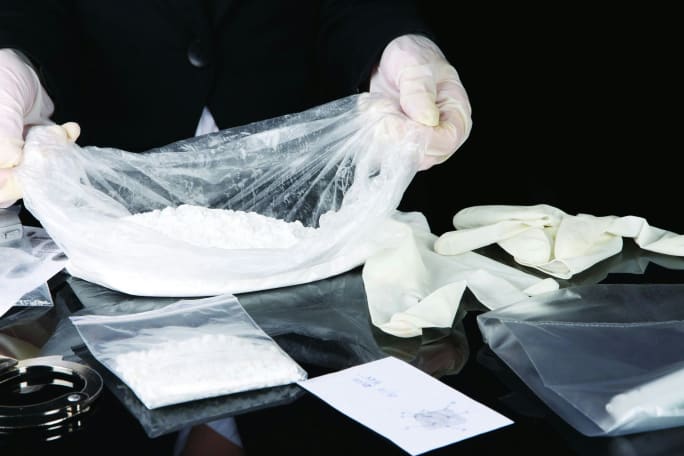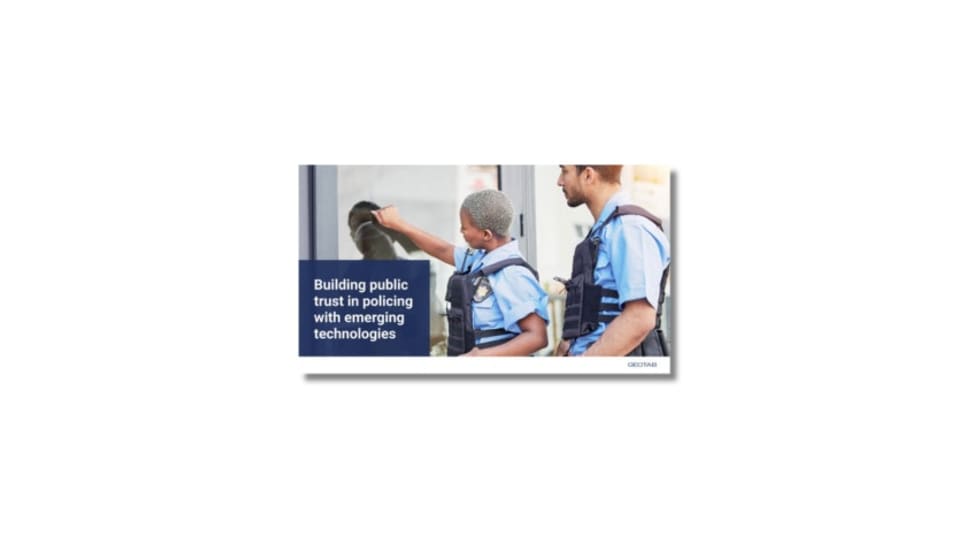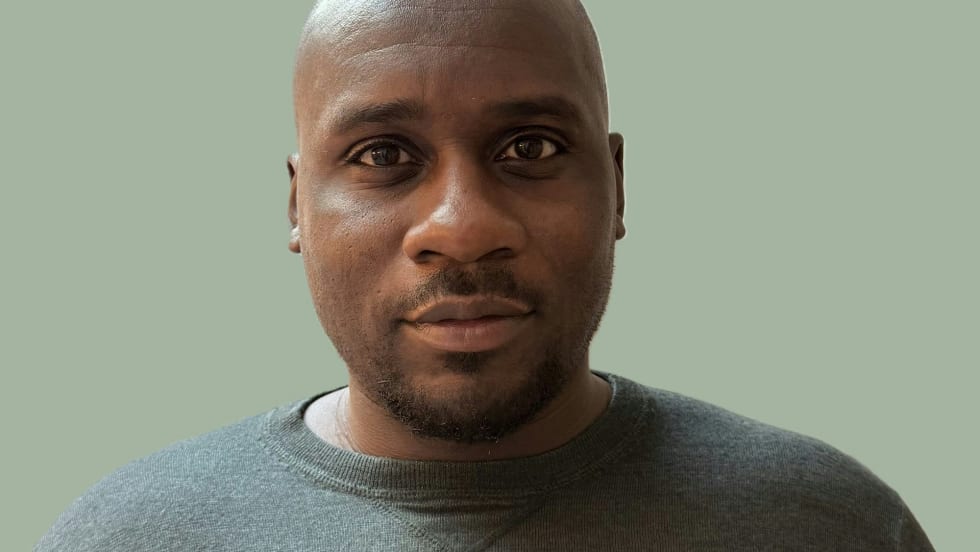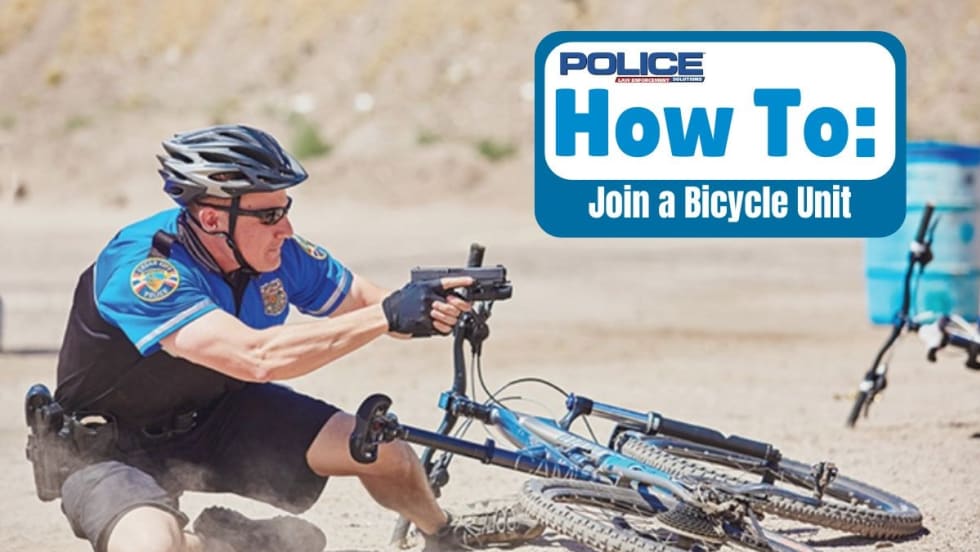Gallagher explains fentanyl and carfentanil are extremely harmful to humans, even in small doses. In some cases, the heroin at the scene can be so lethal that touching or inhaling it can lead to a fatal overdose. In fact, he reports in Westmoreland County, PA, Narcan was recently administered to an officer who overdosed after inhaling fentanyl in the air.
Tuggle supports this finding, stating, "If you ingest or inhale even minute amounts of carfentanil, it can have deadly consequences."
Even so, police officers are not paramedics, say nay-sayers. Most departments do not allow police to carry Epi-Pens for this reason, so why should they be allowed to administer Narcan, these opponents ask. "It has been, and still is, a big debate among police officers and police chiefs. There is a big divide on Narcan's use," admits Jewell.
However, Tuggle points out that for every person who dies from an overdose, there are five to 10 people who survive, partly due to increasing Narcan use. "As more and more police departments and local governments adopt the practice of using Narcan, we're saving a lot more lives. If we weren't using it, we'd have a lot more fatal overdoses than we do."
Many departments argue that it's also hard to justify Narcan's use when officers are administering the drug to the same people over and over. It's a sentiment Tuggle understands well as he points out that just last week there was a young pregnant woman in the Kensington area of Philadelphia who was revived twice in less than an hour. "She went back to the same area, gained access to the same heroin, then overdosed and had to be revived again," he says. "That is just how powerful this addiction is."
Gallagher adds, "We hear stories about police resuscitating the same people again and again, and my argument is, 'If this was your son, how many times would you resuscitate him?'"


